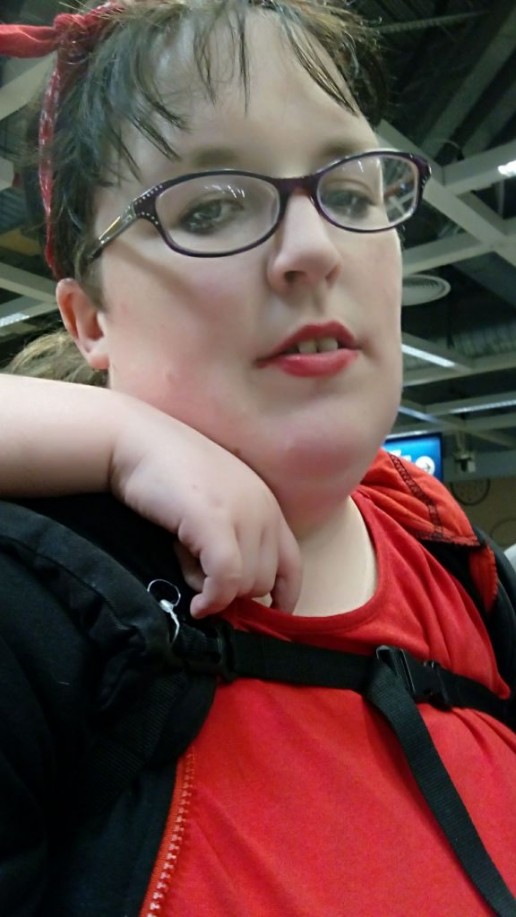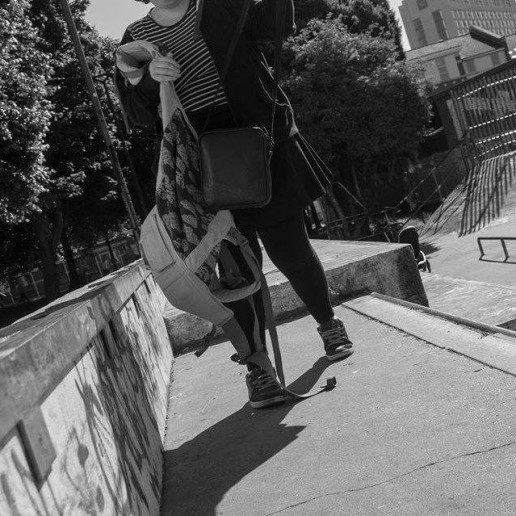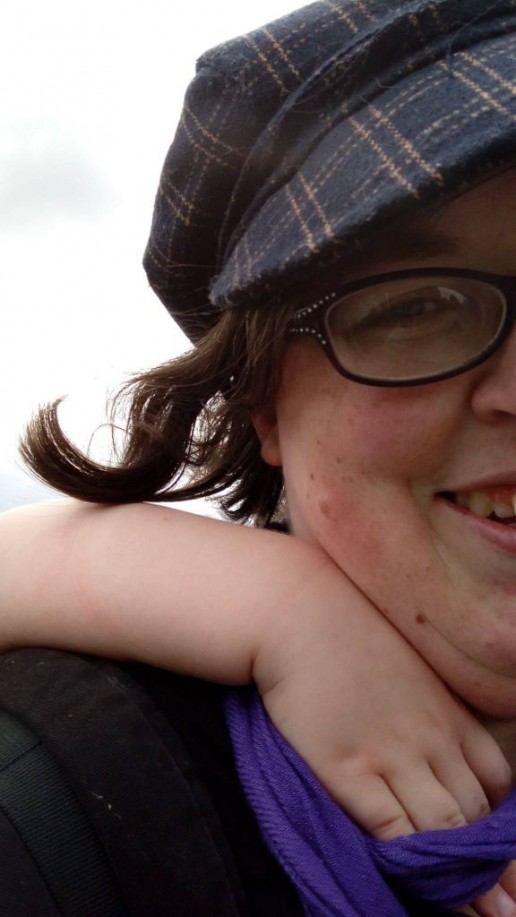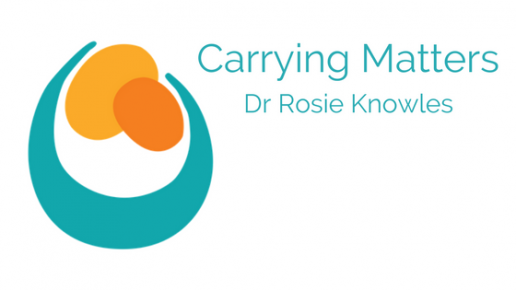Slings make such a difference! Carrying is often therapeutic in many situations, such as when you have a mental health disorder. It is very convenient for most of us and makes life work more easily for many of us, but for some of us, being able to use a sling is a necessity. With many thanks to Andrea (name changed) for sharing her story.
“How has having a sling helped you with your parenting?”
When I was pregnant I was really aware that Mums who already have mental health disorders are more prone to postnatal anxiety and depression. I wanted to focus on reducing that risk and so that’s how I first came across using a sling. It became one of my first reasons for carrying and certainly one of the most important.
I think the sling saved me in the early days of new motherhood. There is always that time when you have tried everything and yet the baby is still crying and they can’t tell you why. It can really compound those nagging doubts of feeling like a bad mum, which can grow and swamp your thoughts really quickly.
I soon learnt that the best way to quell those doubts in my mind, at the same time as reducing the crying in my baby, was to put her in the sling. It worked well for both of us. For me, it gave me some confidence in my ability to care for my child and for my baby it gave her the reassurance she needed by being held close to me. I think the sling enabled us to tune into each other a lot quicker than without it. With my mental health problems this was really important because it also tuned out the unwanted and negative noise in my head.
Having Boo close to me, hands-free in the sling keeps me stable. We regulate each other. There is a lot of information about how using a sling regulates babies temperature and breathing, but I found that it also forced me to slow down and regulate my system too. Added bonus! When Boo is in the sling, close to me, I feel in control of the situation.

“How do you use your carrier now your child is growing up?”
As she grew up and became a true toddler, so did the sling, both literally and in its usage. I have used the sling to diffuse many difficult circumstances, such as physically taking her away from the situation quickly, to have some time away from it. This is usually effective for reducing the tension around us. It has given me the confidence to stay in control when her behaviour becomes challenging, as I already have a solution there with the sling. For any parent, that is a bonus, but with my mental health problems, it has become crucial in my parenting “toolbox”.
On a practical level, as I rely on public transport it has kept me more mobile than simply relying on the pram would have (although the pram is another useful tool). It means we can visit more places, which is great as I have never felt stuck at home and feel more free.
Even though our sling journey is coming to an end, (she is wearing 5-6 year old clothes now) she still stubbornly “clings on” to wanting a carry. As she has grown up with it, she knows the benefits for herself. She will ask for a carry, and as she gets her stubbornness from me, I will usually carry her for as long as I am physically able to.
I often say that that it is the powerful force of love that keeps me carrying her.
I liken it to a supported piggy back ride to anyone who asks why I still carry. It is also the quickest way for her to feel that deep connection to me which is why she still loves it, especially if she is ill.

“Has being a regular sling user encouraged you to support others?”
I recently became a babywearing peer supporter at my local sling library, because I feel I can enable others to benefit from slings in the same way I have. I also feel confident enough in discussing my mental health problems and sharing my story, and I am finding that openness to be a really useful tool in supporting parents, as mental health is so rarely discussed.
“Do you have anything else you want to add?”
I want to end my story with a note about risk. It is a really important thing to consider, especially as a parent with a disability (mental health disorder). Risk assessing has become second nature to increase my functional ability, and so it was easy to transfer this skill to assess how I can safely use my sling considering my health impairments. Some of my rules include not using the sling when I am tired, or on my own, and I tend not to take her on or off without some help. I also have stayed in close contact with, and make use of the sling library. Being able to check how I use and carry her, keeps me and her safe and reduces any anxieties I may have.

Other families have had similar stories to tell. Here is Susanna.
Without my slings, I think I would’ve struggled a whole lot more than I have. Even now, with my almost 3 year old, 18 month old, and 3 day old – if anyone is in need of a cuddle, the sling is one of the first things we will try. It’s true what Andrea says about slings regulating more than just physical symptoms for the babies being carried – our slings definitely help to regulate and ground me too. In a sling, we can all snuggle in and reconnect, whilst also carrying on with our daily lives.
I remember a situation of a triple panic attack (where two of my children and I had all been hyperventilating and were really rather stressed and upset), but out came the slings and within seconds the small ones had stopped crying, within minutes all of our breathing was calmer and more regulated, and after maybe 10 minutes of singing and slinging, we were all happy enough to carry on as if nothing had happened. Without the sling, that same result might have taken over an hour.
Further Reading
See below for some more links.
How carrying helped my recovery – Ellie shares her PND story
Perinatal Mood Disorders and Carrying
The Impact of Babywearing on Postnatal Mental Health: Mothers’ Voices
The Impact of Babywearing on Postnatal Mental Health: Health Care Provider’s Voices
Babywearing plays a role in postnatal depression prevention and recovery

